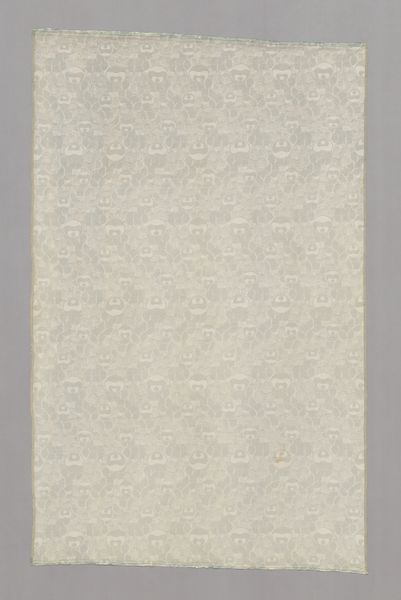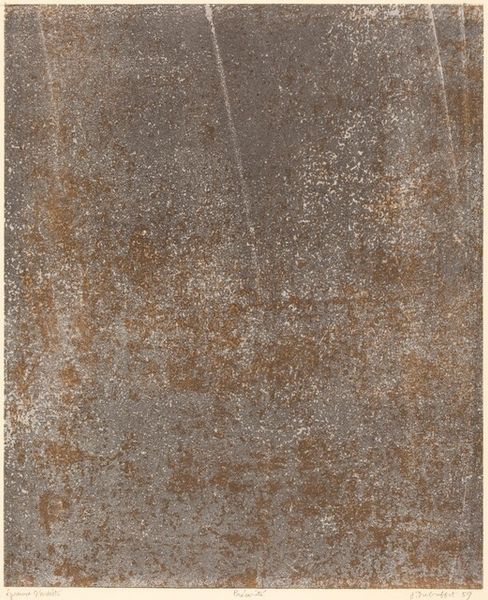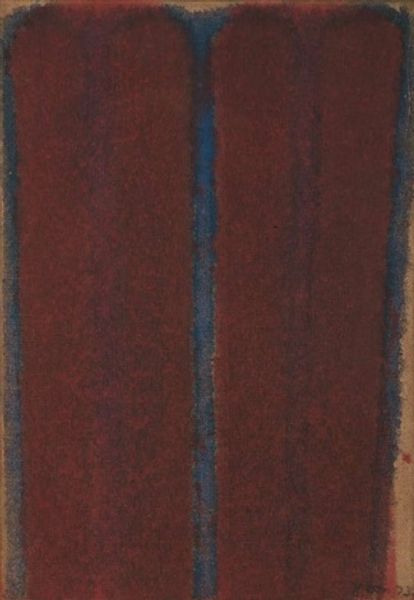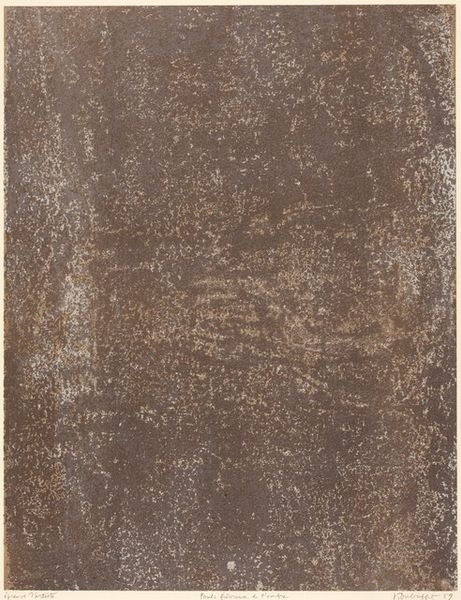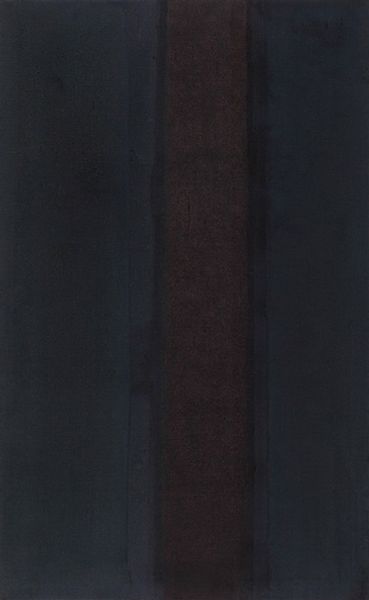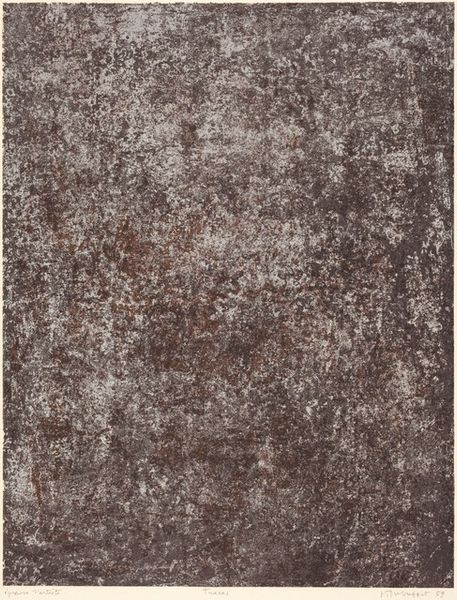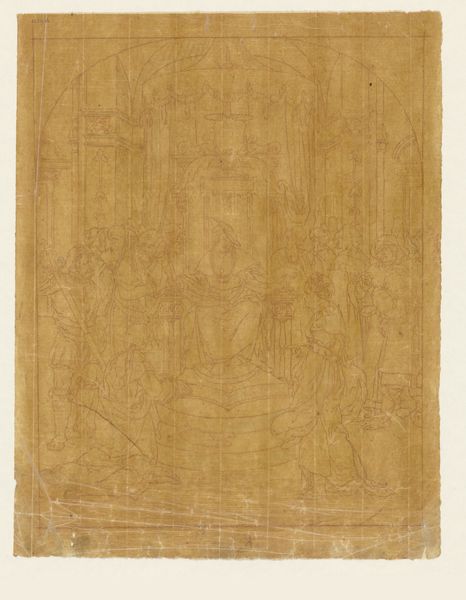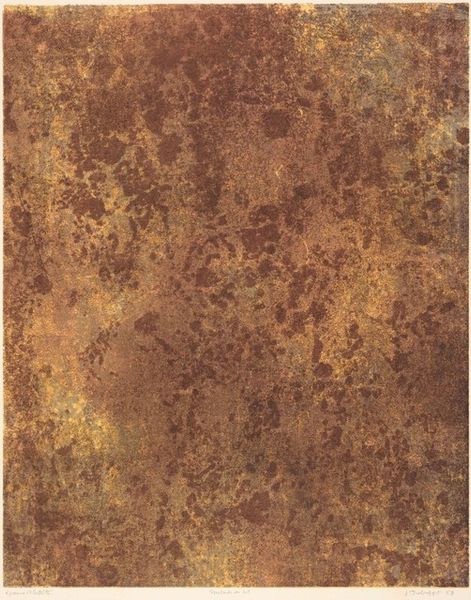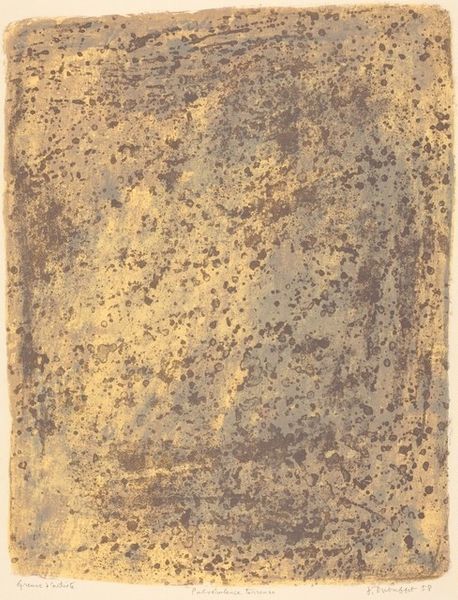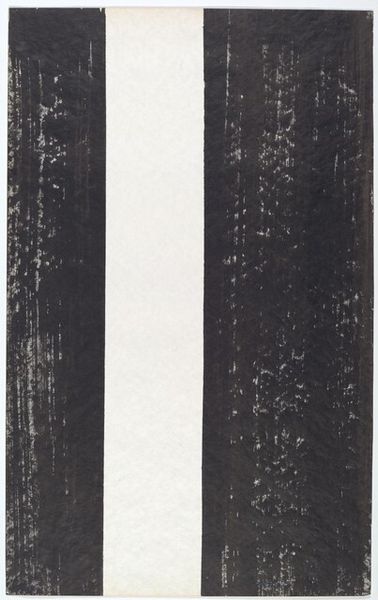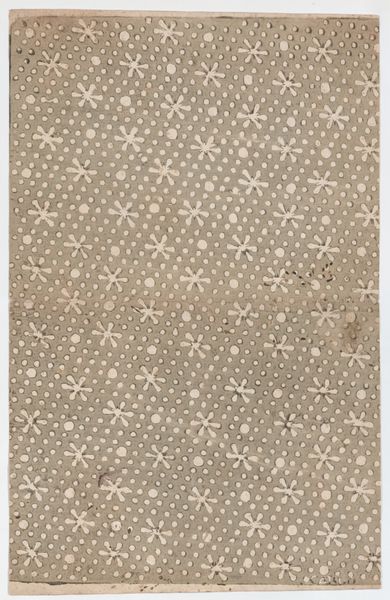
drawing, paper, graphite
#
abstract-expressionism
#
drawing
#
paper
#
abstraction
#
line
#
graphite
Dimensions: framed: 97.5 × 66.6 × 4.4 cm (38 3/8 × 26 1/4 × 1 3/4 in.) overall: 94.62 × 61.28 cm (37 1/4 × 24 1/8 in.)
Copyright: National Gallery of Art: CC0 1.0
Curator: Up next, we have Mark Tobey's "New York," created in 1944, using graphite on paper. What are your initial thoughts? Editor: My first impression is sensory overload. The composition is chaotic yet strangely calming. It feels like a visual representation of the bustling energy of a city. Curator: I find that's a common response. Looking at the time it was made, just before the end of World War II, and thinking about the position of New York City on the world stage—economically, politically, culturally—you could almost see this as an abstracted map of the social dynamics of the era. Tobey's focus shifted away from traditional artistic narratives, engaging with social experience and globalization via abstraction. Editor: Precisely! The density of the lines speaks to the layered identities present within large urban areas, echoing conversations surrounding class, race, and gender within that period and, of course, our contemporary moment. Each stroke almost seems like an individual voice clamoring for attention within a broader public sphere. It raises the question of how individual identity exists within the framework of society. Curator: I agree that you could read his all-over technique as symbolic. But Tobey was also influenced by East Asian calligraphy, prioritizing the gesture, the moment of creation itself. It challenges traditional Western art-historical notions of pictorial space, form, and figure-ground relationships. Editor: Absolutely. His background allows the piece to serve as a jumping-off point to discuss how art mediates one’s sense of belonging across social, racial, or geographical lines. Where can someone feel like they belong, how do those factors interplay and shift with external cultural forces? Curator: Tobey seems to want to represent a universal human experience rather than one linked directly to specific cultural reference points. What do you make of the monochromatic palette in conveying these social dynamics? Editor: The stark color allows one to think about power relations on an almost barebones scale, allowing one to consider its building blocks within abstract conditions without the possible trappings of established class and other visual indicators of personhood. Curator: It is easy to see this piece as an intersection point where modernism met global consciousness. Editor: Indeed, a critical examination of pieces like this gives us insight into how our understandings of the social realm are historically situated.
Comments
No comments
Be the first to comment and join the conversation on the ultimate creative platform.

